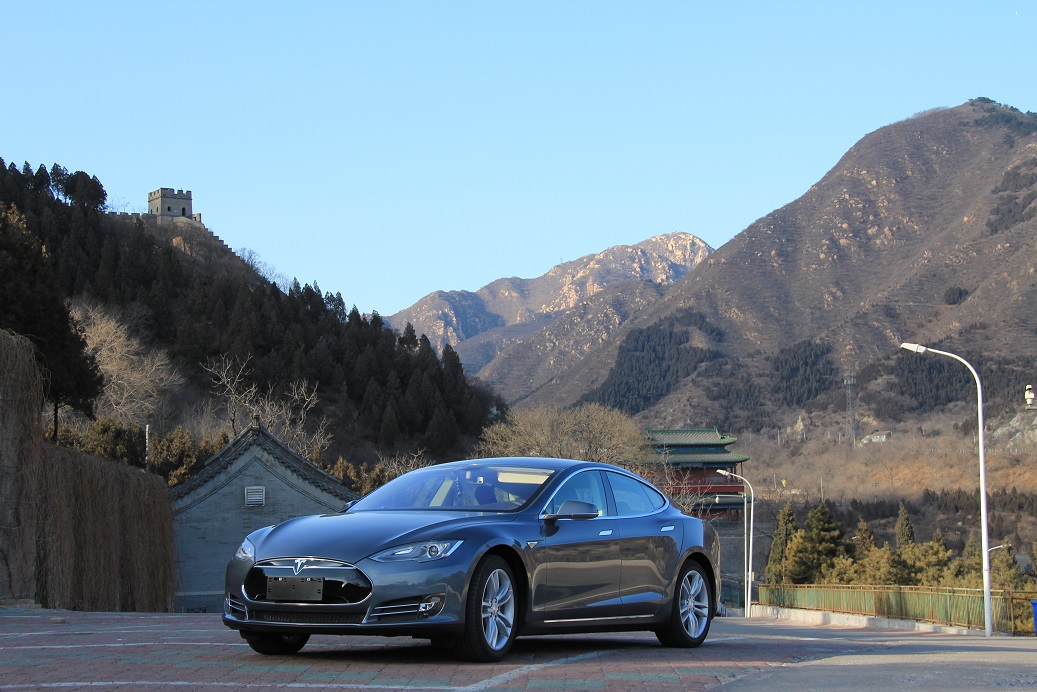The popularity of electric vehicles began to grow rapidly. By 2030, their share in global sales could reach 30 percent. This is a real threat to the oil-producing countries.

Just a few years ago, electric cars were considered pure exotic. But these times have finally passed. The reorientation to electric traction has become today one of the main directions of development of the world auto industry, with the tone set by the two largest car market of the planet – Chinese and American. Already in the medium term, this trend can lead to a significant decrease in demand for gasoline and diesel fuel. Therefore, it poses a real threat to the oil-producing countries.
The state ensured the tripling of sales in the Chinese market
It is possible that the past year was the turning point. In any case, in China, the number of electric vehicles and hybrids sold (having both an electric motor and an internal combustion engine) has more than tripled, from 59,000 in 2014 to 189,000. As a result, China became the main market for electric vehicles, outstripping the US. There, sales amounted to 115 thousand, down from 120 thousand a year earlier.
European countries are still lagging behind in terms of quantitative indicators, although they demonstrate rather high growth rates. In the UK, sales volumes grew from 16.5 thousand to 28 thousand a year, in France – from 16 to 27 thousand, in Norway – from 20 to 25 thousand. Germany, Europe’s largest car market, takes only sixth place in this list: electric vehicles sales grew from 13 thousand in 2014 to 23.5 thousand in the past.
These data lead the famous German auto expert Stefan Bratzel (Stefan Bratzel), who heads the Center for Automotive Management (CAM) in Bergisch Gladbach. In a study of the global electric car market published in late January, the professor comes to the conclusion that the explosive growth in sales in China is “the result of a combination of fiscal and administrative tools with a large supply from manufacturers.”
Thus, in large Chinese cities, because of extremely polluted air, registration of cars with internal combustion engines is limited. Therefore, for many buyers, electric cars are becoming an “interesting alternative,” especially since the government provides financial incentives as well, notes Professor Bratzel. In addition, motorists have a wide choice of a variety of models, and mainly local, Chinese production.
Leaders of sales (over 50 thousand units) were hybrids Qin and Tang, produced by automaker BYD from Shenzhen, which in 2015 declared itself the world’s largest manufacturer of electric vehicles. Over 20 thousand electric vehicles Kandi EV sold the company Geely from Hangzhou. The most successful foreign model was the American Tesla S (4,5 thousand), which took only 15 place in the list of the most popular electric vehicles in China.
Two scenarios
Stefan Brazel considers in his study two scenarios for the development of the world market of passenger electric vehicles in the next 15 years. According to the optimistic scenario, their share in total sales, which amounted to 1.7 percent last year, will reach 5 percent in 2020, 15 percent in 2025 and 30 percent in 2030. At the same time, the professor assumes that the sale of new cars will be released in 2030 at the level of 100 million units (in 2015 there were 76 million). The pessimistic scenario assumes a 2.5 percent share in five years and 15 percent by the end of the period under consideration. In any case, this means that the demand for gasoline will either decrease markedly, or it will grow much more slowly than before.
The example of Norway shows that with active state stimulation, the demand for cars with electric or hybrid engines can develop very quickly. Last year, the share of electric vehicles in the total sales of cars reached a record 17.1 percent worldwide in this oil-producing country. In 2014, this figure was another 12.5 percent. Unlike the Chinese, Norwegians purchased models of Western manufacturers: Volkswagen e-Golf, Tesla S, Nissan Leaf, BMW i3, Renault Zoe.
At the same time, the share of electric cars in sales in the German market, which amounted to 0.7 percent in 2015, Professor Brazel called “disappointingly low.” The head of the Center for Automobile Management believes that the German government and automakers must urgently agree on and start implementing a joint program to stimulate the development of the German electric vehicle market, while the key task is to establish the production of batteries in Germany.
“If large-scale countermeasures are not taken, Germany will lag behind in the field of electromobility, which will do great damage to the German automotive industry,” warns Stefan Brazel. Time for the publication of his research and statements for the press, he chose not by chance. On February 2, Berlin will host a meeting of German Chancellor Angela Merkel (Angela Merkel) with the leadership of Volkswagen, BMW and Daimler. It can be adopted by cardinal decisions on the development of the German market of electric vehicles.
